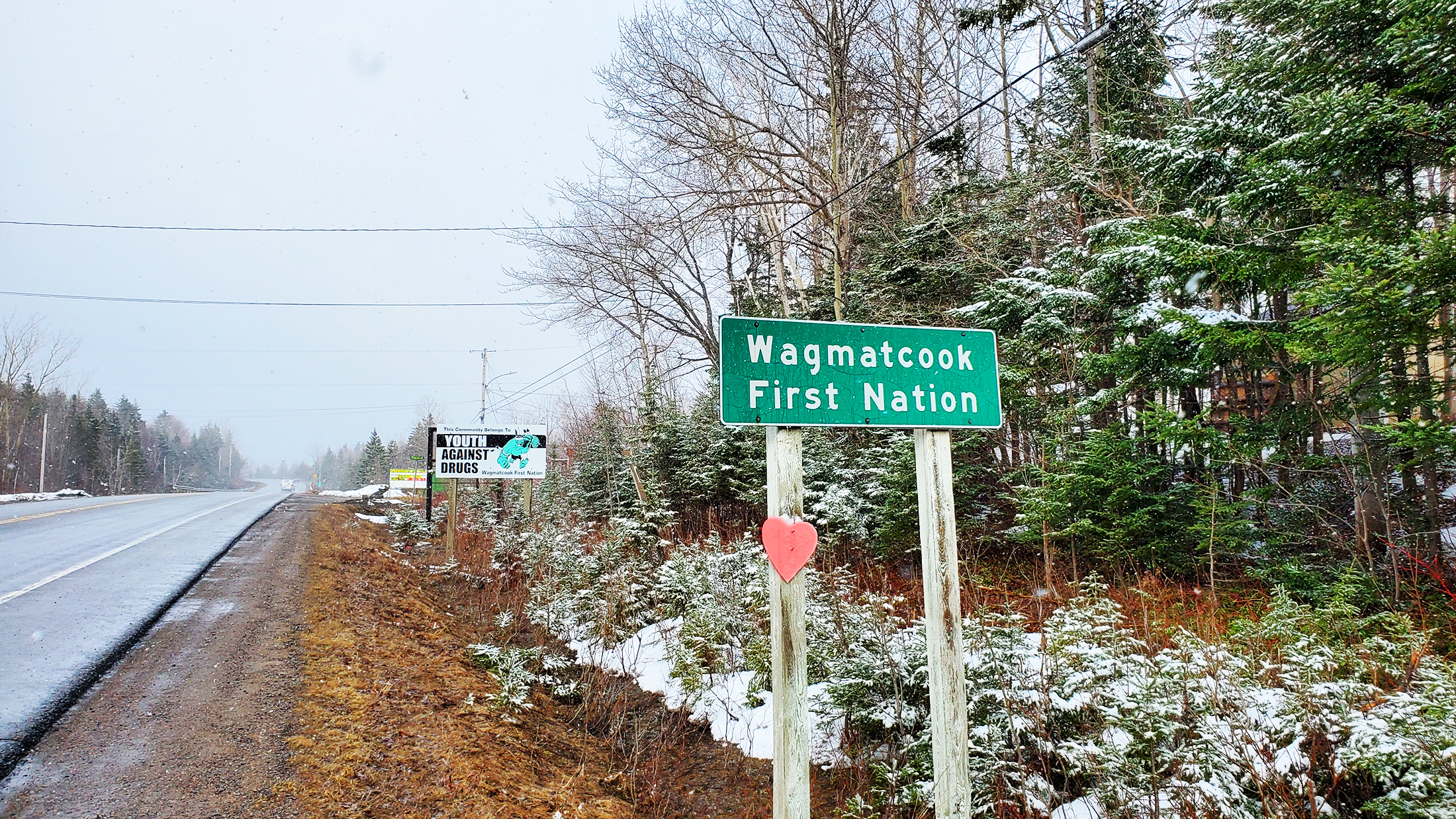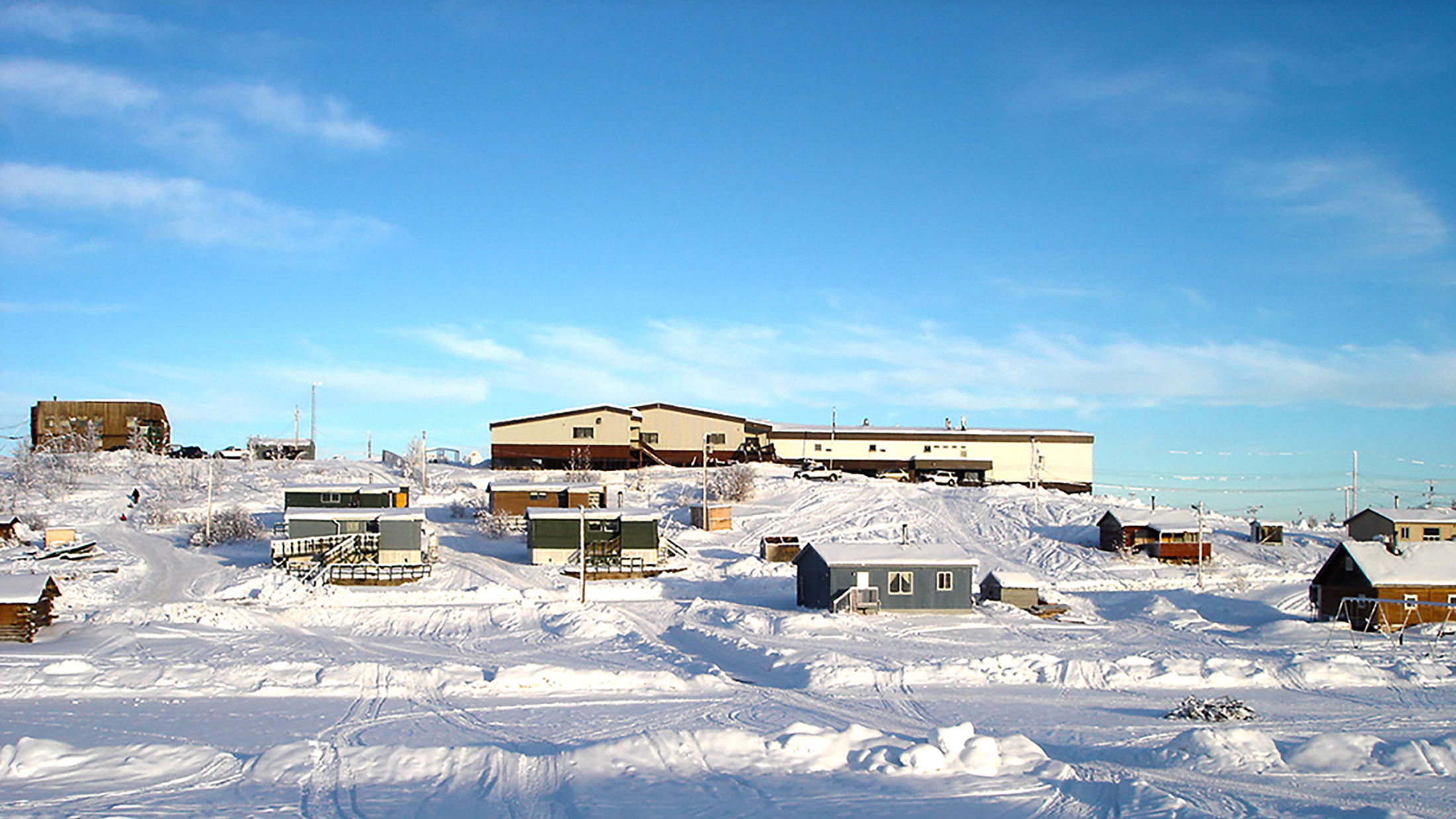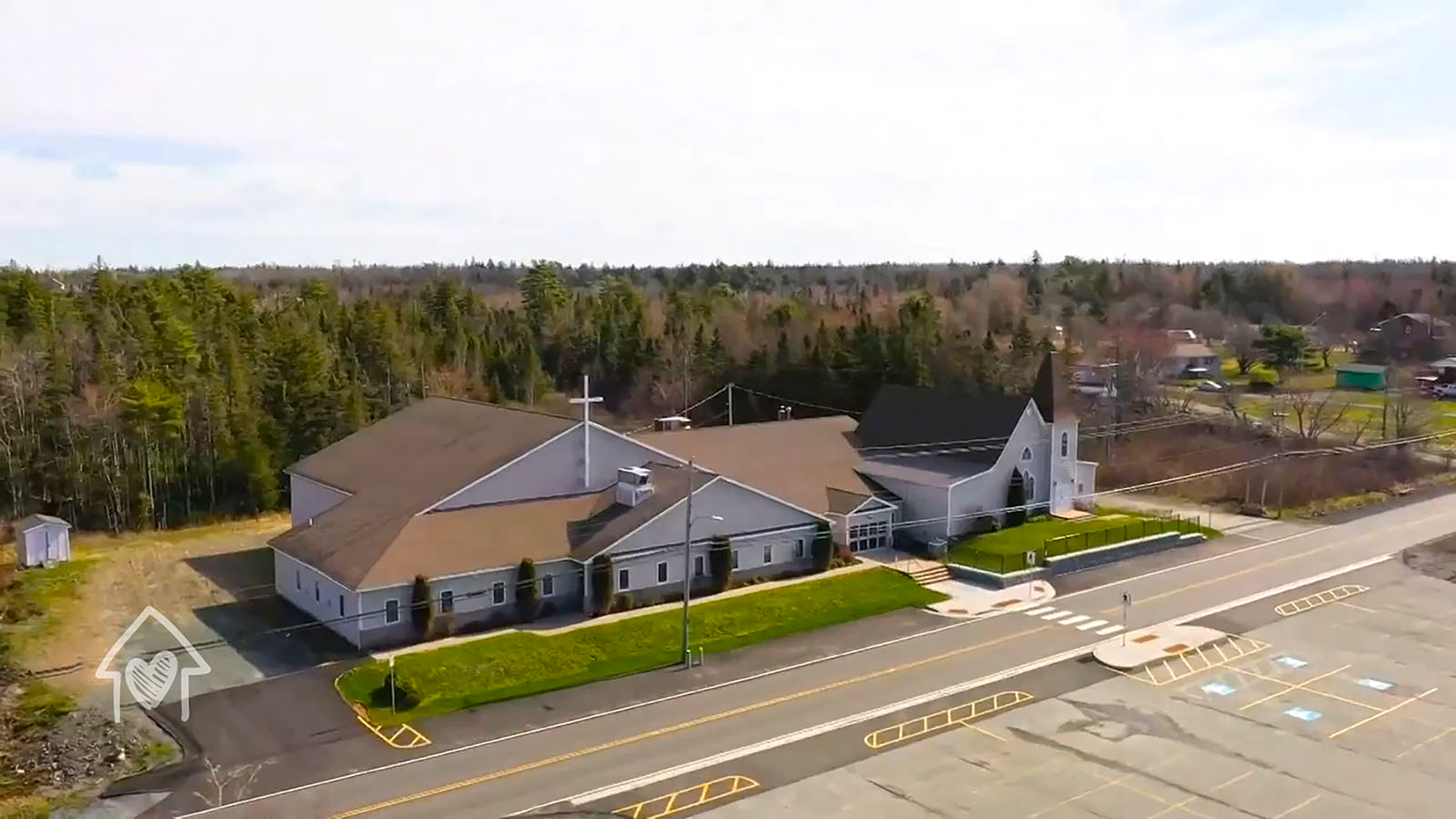In an ambitious effort to bolster the supply of community housing in Wagmatcook First Nation, the Union of Nova Scotia Mi’kmaq (UNSM) has turned to retrofitting as a practical and timely solution. UNSM represents five Indigenous reserves on Cape Breton Island, namely Eskasoni, Membertou, Potlotek, Wagmatcook, and We’koqma’q. Together, they have identified a need for comprehensive asset mapping within Wagmatcook First Nation. Their approach involves identifying existing structures that already have essential systems in place (water, waste, etc.) and repurposing them to meet the community’s needs. The organization aims to minimize the financial investments required compared to constructing entirely new buildings.
The Centre stands by this approach as it offers cost-efficiency while also expediting the process, a crucial factor in addressing the pressing need for community housing. The Mi’kmaq communities are growing at an accelerated rate compared to the national Canadian average, which makes the needs even more urgent. The project also places a strong emphasis on building local capacity within the Wagmatcook community, in line with the Centre’s priorities of resilience and reconciliation.
Initially, the project seeks to explore the financial feasibility of retrofitting an old church into four transitional community housing units. This involves a careful assessment to ensure that the conversion is not only possible but also economical. Beyond this retrofit, the project aims to identify additional assets within the community that may be suitable for housing retrofits. A framework for retrofitting community assets will be established, not only in Wagmatcook but also in their four other member communities.
The Nova Scotia Community Housing Growth Fund in its Capacity Building stream will provide financial support in various critical aspects: Expertise is needed to conduct housing inspections and asset mapping. The fund will help engage professionals to identify additional sites within the community that hold potential for affordable housing retrofits. It will also help set up strategic engagement sessions which will involve housing and environmental experts.
The project objectives extend beyond addressing systemic housing barriers and securing additional funding, it has the potential to provide a replicable framework that will serve as a blueprint for future projects, allowing for swift responses to emerging community housing needs.




